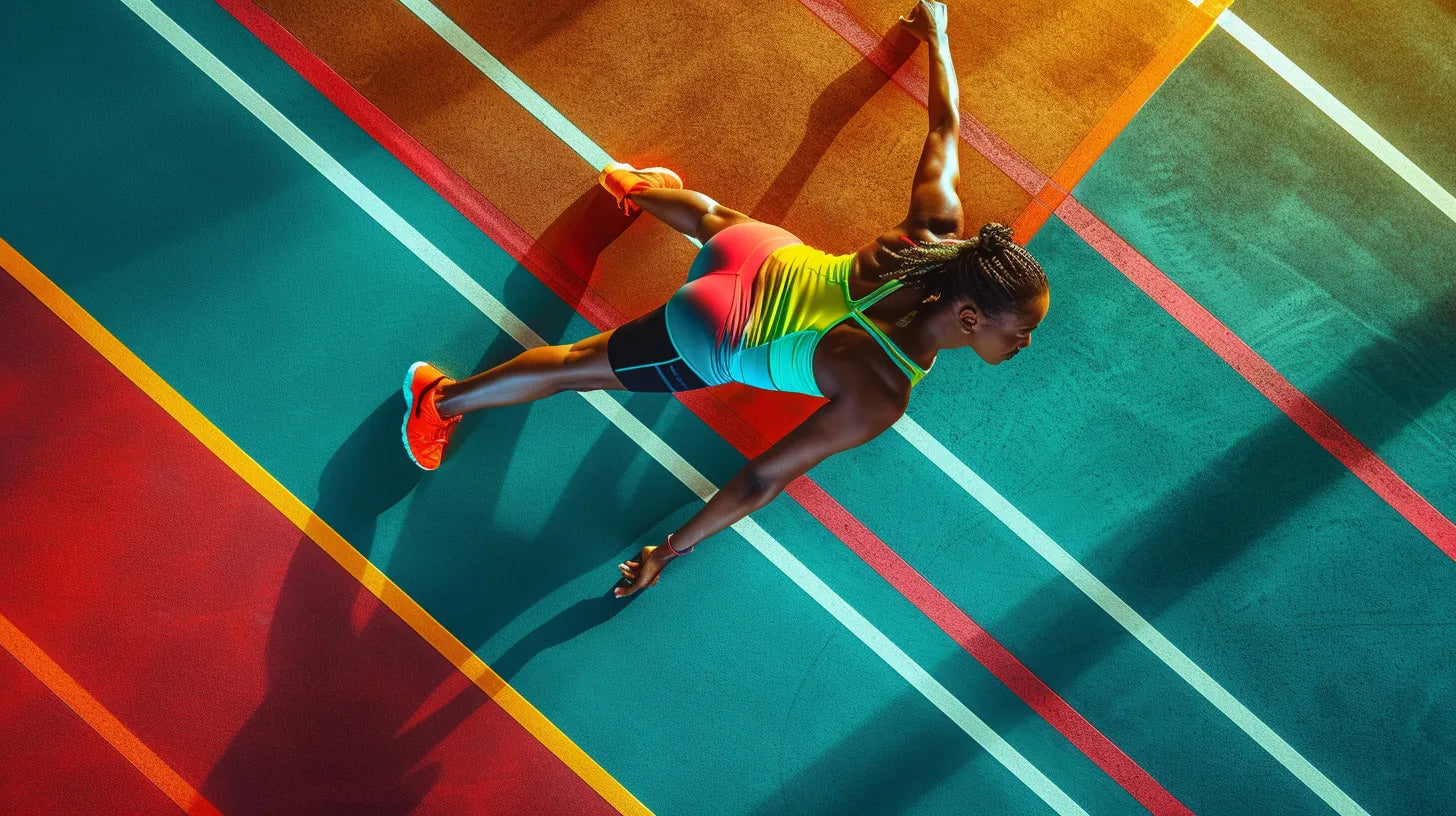
Plank Training: Strengthen Your Core for Better Performance in Racket Sports
Why Plank Training is Essential for Racket Sports
Racket sports demand a strong and stable core to maintain proper form, generate power, and prevent injuries. Plank exercises target the deep abdominal muscles, obliques, and lower back, providing a solid foundation for your movements on the court. By incorporating plank training into your fitness regimen, you can:
- Improve your balance and stability
- Enhance your ability to change directions quickly
- Generate more power in your shots
- Reduce the risk of lower back pain and injuries
Basic Plank Form and Technique
To perform a basic plank, start by getting into a push-up position with your forearms on the ground. Keep your elbows directly under your shoulders and your feet together. Engage your core muscles and maintain a straight line from your head to your heels. Hold this position for 20-60 seconds, depending on your fitness level.
When doing planks, remember to:
- Keep your body in a straight line, avoiding any sagging or arching
- Breathe steadily and deeply
- Focus on engaging your core muscles throughout the exercise
- Gradually increase the duration of your planks as you build strength and endurance
Plank Variations for Added Challenge and Targeted Training
Once you've mastered the basic plank, try incorporating these variations to target specific muscle groups and add variety to your workouts:
Side Plank
Lie on your side with your feet stacked and your elbow directly under your shoulder. Lift your hips off the ground, forming a straight line from your head to your feet. Hold for 20-60 seconds, then repeat on the other side. This variation targets your obliques and lateral core muscles.
Plank with Leg Lift
Start in a basic plank position. Lift one leg off the ground, keeping it straight and in line with your body. Hold for 5-10 seconds, then lower your leg and repeat with the other leg. This variation challenges your balance and engages your glutes and lower back muscles.
Plank with Arm Reach
From a basic plank position, extend one arm forward, keeping your body stable and aligned. Hold for 5-10 seconds, then return your arm to the starting position and repeat with the other arm. This variation improves shoulder stability and challenges your core to maintain balance.
Incorporating Plank Training into Your Routine
Aim to include plank exercises in your workout routine 2-3 times per week. Start with shorter durations and gradually increase the time as you build strength and endurance. You can also combine planks with other core exercises like crunches, Russian twists, and bicycle crunches for a well-rounded core workout.
Remember, consistency is key when it comes to seeing results from your plank training. Stay committed to your routine, and you'll soon notice improvements in your core strength, stability, and overall performance on the court. So, get ready to plank your way to a stronger, more powerful game!
Conclusion
Plank training is a simple yet effective way to strengthen your core and enhance your performance in racket sports. By mastering the basic plank form and incorporating variations into your routine, you'll be well on your way to developing a rock-solid core that will support your every move on the court. So, let's get planking – your game will thank you for it!









